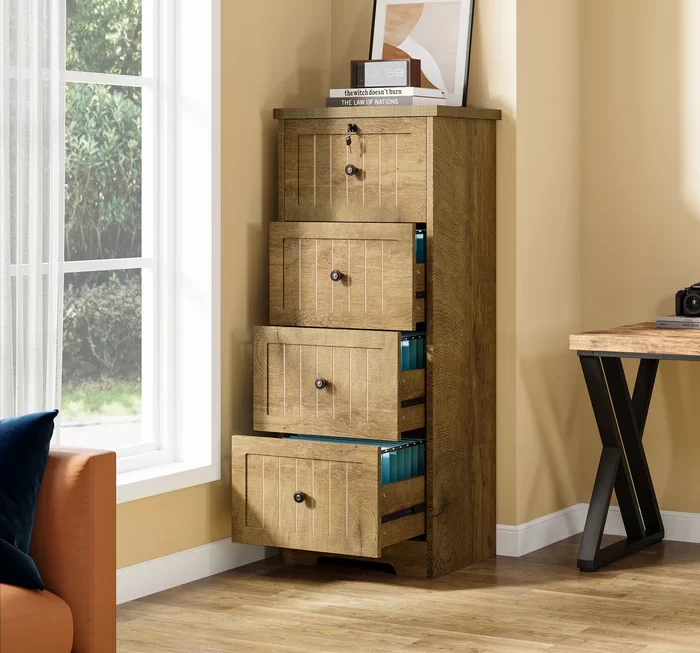 Introduction:
Introduction:
A sinking office chair can be a frustrating and uncomfortable issue that affects productivity and posture. Understanding how to fix a sinking office chair is essential for maintaining a comfortable and functional workspace. In this comprehensive guide, we will explore various methods for fixing a sinking office chair, including adjusting the height mechanism, replacing components, and utilizing additional support attachments. By following these steps, individuals can solve the problem of a sinking office chair and enjoy a comfortable and ergonomic seating arrangement.
 Some common materials used for office chairs:
Some common materials used for office chairs:
Office chairs can come in various materials, each with its own unique characteristics and benefits. Here are some common materials used for office chairs:
Mesh: Mesh office chairs are popular for their breathability and comfort. The mesh material allows air circulation, keeping you cool and preventing discomfort from prolonged sitting. It is also flexible, providing ergonomic support to the user.
Leather: Leather office chairs exude a classic and professional look. They are durable, easy to clean, and can withstand regular use. Leather chairs provide a plush and comfortable seating experience while offering a touch of elegance to the office environment.
Fabric: Fabric office chairs are versatile and come in a wide range of colors, patterns, and textures. They are generally more affordable than leather chairs and offer a softer and cozy feel. Fabric chairs can vary in durability and ease of maintenance, so it’s essential to choose high-quality upholstery for long-lasting use.
Vinyl or Faux Leather: Vinyl or faux leather chairs resemble genuine leather but are typically more budget-friendly. They are easier to clean and maintain, making them a suitable choice for high-traffic areas or office environments where spills or stains are common.
Plastic or Polypropylene: Plastic or polypropylene chairs are lightweight, affordable, and easy to clean. They are often used in areas where hygiene and easy maintenance are important, such as in healthcare settings or cafeterias. Plastic chairs may lack the cushioning and support of other materials, so comfortable padding or cushions may be needed.
Metal or Aluminum: Metal or aluminum frames are commonly used in office chairs. They provide stability and durability while offering a modern and sleek aesthetic. Metal chairs may be upholstered or paired with other materials such as mesh or fabric for added comfort.
When selecting an office chair, it’s important to consider factors like comfort, durability, ease of maintenance, and the overall aesthetic of your workspace. Choose a material that suits your preferences and meets the requirements of your work environment.
 Adjusting Height Mechanism
Adjusting Height Mechanism
Locate the Height Adjustment Lever:
Identify the lever or control located beneath the seat of the office chair.
This lever is typically used to adjust the chair’s height.
Adjust the Height:
While seated in the chair, activate the height adjustment lever by pushing or pulling it.
Raise the chair to your desired height and release the lever to secure it in place.
Test and Repeat:
Sit in the chair and test if it remains fixed at the desired height.
If the chair still sinks, repeat the process to further adjust the height mechanism and ensure it is firmly locked.
Replacing Chair Components
Identify the Problematic Component:
Determine which component of the chair is causing the sinking issue.
It could be the gas cylinder, base, or casters.
If the gas cylinder is faulty, purchase a compatible replacement.
Follow the manufacturer’s instructions to safely remove the old gas cylinder and install the new one.
Base Replacement:
If the chair’s base is damaged or causing the sinking, obtain a suitable replacement base.
Carefully remove the old base and attach the new base according to the manufacturer’s instructions.
Caster Replacement:
Faulty or worn-out casters can also contribute to a sinking chair.
Purchase new casters that are compatible with the chair model and carefully replace the old casters with the new ones.
Utilizing Support Attachments
Backrest Support:
Attach a lumbar support cushion or backrest to provide added support and prevent sinking.
Position the support attachment in the area that provides the most comfort and proper spinal alignment.
Seat Cushion:
Place a cushion or a seat support pad on the chair to add height and prevent sinking.
Opt for a cushion that provides ergonomic support and maintains proper posture.
Seeking Professional Help
Chair Repair Services:
If the sinking issue persists despite attempts to fix it, consider contacting a professional chair repair service.
They have the expertise to diagnose and repair complex chair mechanisms.
Manufacturer’s Support:
Contact the chair manufacturer’s customer support for assistance with warranty claims or additional troubleshooting steps.
They can provide guidance on how to fix the sinking issue or offer replacement options if necessary.
 To make your office chair more comfortable:
To make your office chair more comfortable:
To make your office chair more comfortable, you can consider the following tips:
Adjust Seat Height and Position:
Ensure that the chair’s height is adjusted so that your feet are flat on the floor or on a footrest. Position your hips slightly higher than your knees to maintain good posture and reduce strain on your lower back.
Support Your Lower Back:
Use a lumbar support cushion or adjust the chair’s backrest to align with the natural curve of your lower back. This helps maintain proper spinal alignment and reduces the risk of lower back pain.
Adjust Armrests:
Set the armrests at a height that allows your arms to rest comfortably, with your shoulders relaxed and elbows bent at a 90-degree angle. Armrests that are too high or too low can lead to shoulder and neck discomfort.
Use a Cushion or Seat Pad:
If your chair lacks sufficient cushioning, consider using a seat cushion or pad to provide additional support and comfort, particularly if you sit for long periods.
Take Regular Breaks and Stretch:
Even with a comfortable chair, it’s important to take regular breaks. Stand up, stretch, and move around periodically to reduce muscle fatigue and tension.
Use Adjustable Headrest:
If available, adjust the headrest to support your neck and head, especially during times when you need to rest or take a break from screen work.
Maintain Good Posture:
Sit upright with your back against the chair’s backrest, shoulders relaxed, and chin slightly tucked in. Avoid slouching or leaning forward excessively, as this can strain your muscles and lead to discomfort over time.
Consider Ergonomic Accessories:
Use additional ergonomic accessories such as a keyboard and mouse wrist rest or an under-desk footrest to further enhance your comfort and promote proper alignment.
Remember, everyone’s preferences may vary, so adjust your chair settings and incorporate these tips according to your comfort needs. Regularly reassess and make necessary adjustments to ensure a comfortable and supportive seating arrangement throughout your workday.
 Conclusion:
Conclusion:
Fixing a sinking office chair is crucial for maintaining comfort and productivity in the workplace. By following the steps and utilizing the methods outlined in this comprehensive guide, individuals can effectively resolve the sinking issue and enjoy an ergonomic seating arrangement. Whether through adjusting the height mechanism, replacing components, utilizing support attachments, or seeking professional help, it is important to prioritize comfort and proper posture. Embrace the knowledge shared in this guide to successfully fix a sinking office chair and create an ideal working environment.



